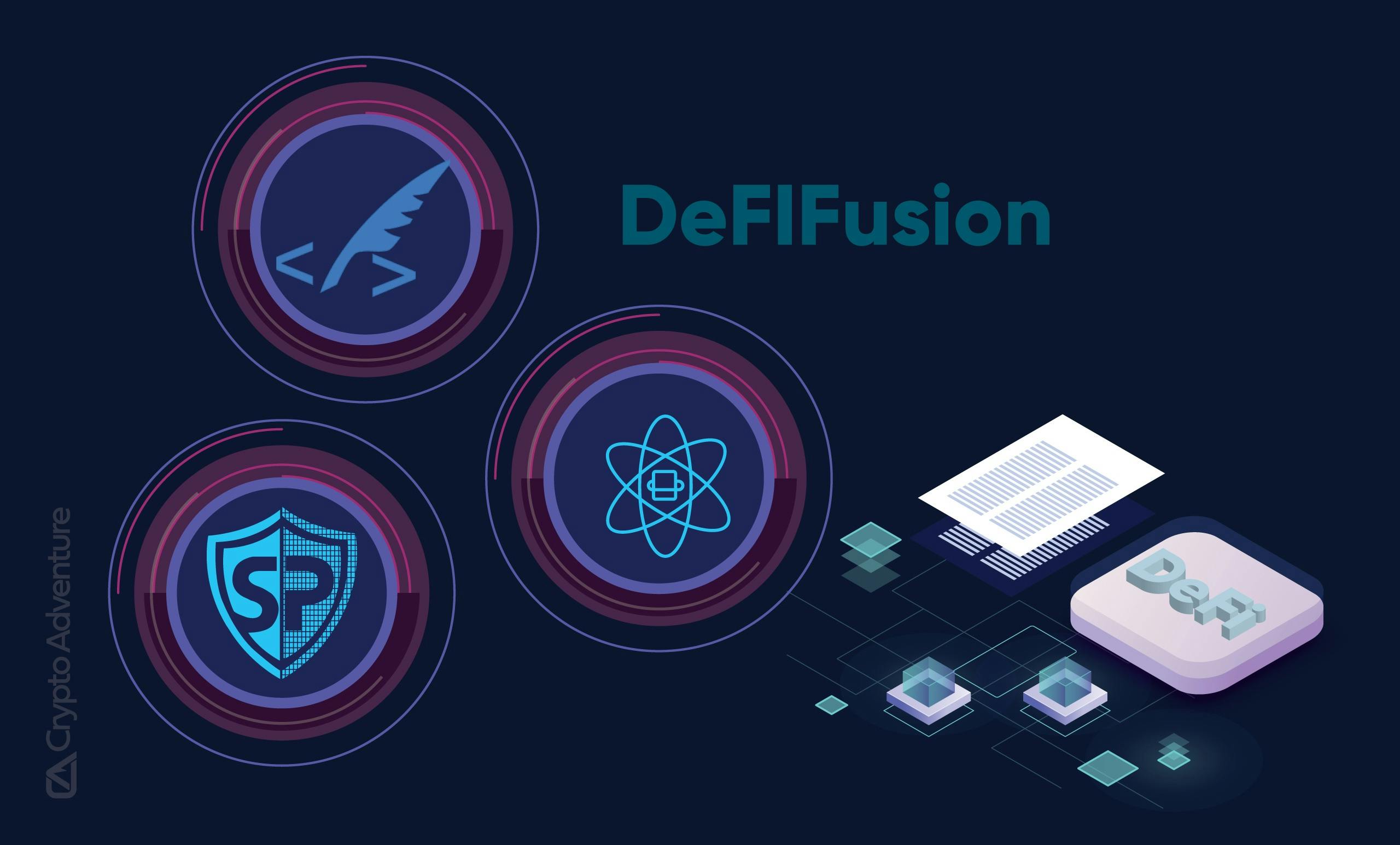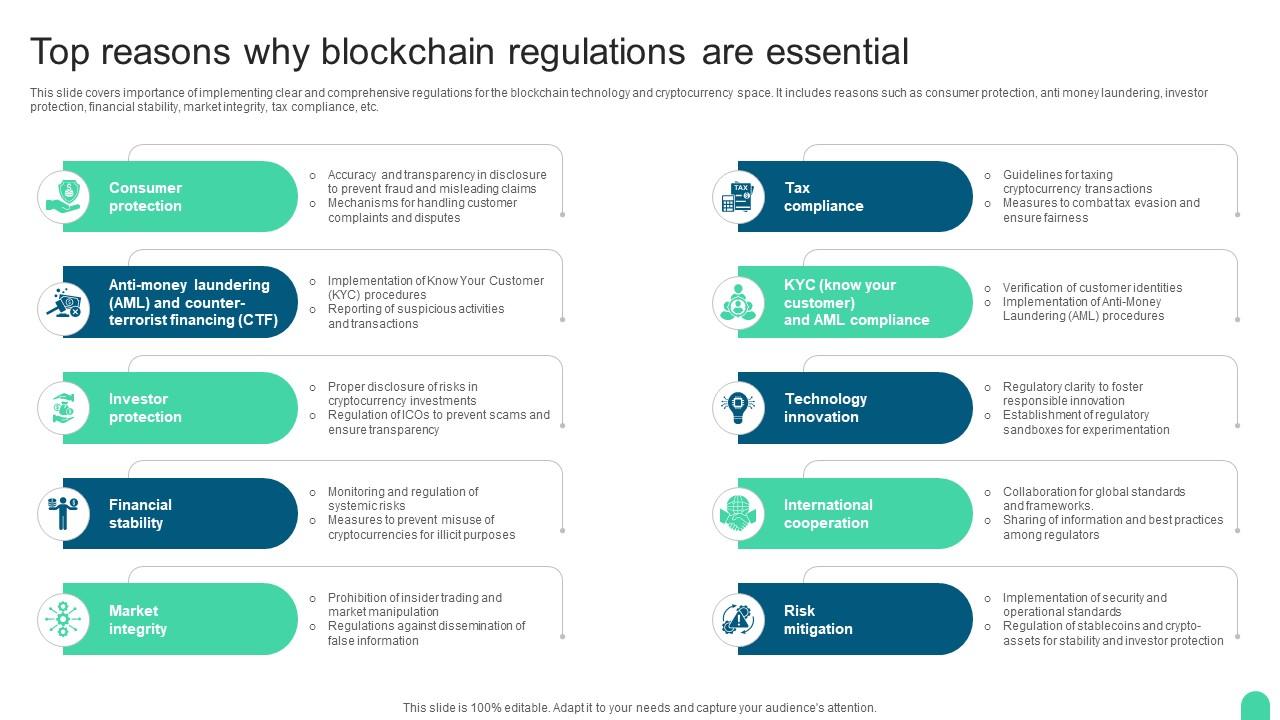In the fast – evolving world of blockchain and decentralized finance, ensuring security is paramount. A MarketsandMarkets report shows decentralized identity systems will grow over 25% CAGR from 2023 – 2030, while a SEMrush 2023 Study reveals NFT – related projects face security issues. This buying guide helps you distinguish premium security practices from counterfeit ones. We’ll cover 3 crucial areas: auditing decentralized identity protocols, smart contract security for NFT fractionalization, and vulnerability detection in MEV bots. Best Price Guarantee and Free Installation Included. Get ahead now!
Auditing Decentralized Identity Protocols
Did you know that decentralized identity systems are expected to grow at a CAGR of over 25% from 2023 to 2030 according to a MarketsandMarkets report? This exponential growth makes auditing decentralized identity protocols more crucial than ever to ensure security and compliance.
Key Components to Audit
Authentication and Credential Security
Authentication is the cornerstone of any identity protocol. According to a study by Gartner, over 80% of breaches are due to weak or stolen credentials. In a decentralized identity system, ensuring that user credentials are secure is paramount. For example, a decentralized finance (DeFi) platform was hacked when user authentication tokens were compromised, leading to significant financial losses.
Pro Tip: Implement multi – factor authentication (MFA) for all users. This can include something the user knows (password), something the user has (a mobile device for one – time passwords), and something the user is (biometric data).
Immutability and Audit Trails
Blockchain technology offers immutability, which is a key advantage for decentralized identity systems. Every transaction or change in the identity record should be recorded on the blockchain in an immutable way. For instance, in a supply chain decentralized identity system, every time a product changes hands, the identity information is updated on the blockchain, creating an audit trail.
As recommended by Chainalysis, a leading blockchain analytics firm, auditing the immutability of identity records can help detect any tampering attempts. This can be done by regularly comparing the hashed values of the identity records on the blockchain.
Compliance with Standards
There are several international standards for identity management, such as ISO/IEC 24760. Ensuring that a decentralized identity protocol complies with these standards is essential for interoperability and trust. A case study of a cross – border decentralized identity project showed that by adhering to ISO standards, it was able to seamlessly integrate with other identity systems.
Pro Tip: Conduct regular compliance audits against the relevant standards. This can involve internal audits by the development team and external audits by certified third – party auditors.
Common Components Audited
Here is a checklist of common components that are audited in decentralized identity protocols:
- Identity Creation: Check if the identity creation process follows the security best practices, such as proper key generation and storage.
- Identity Verification: Ensure that the verification mechanisms are reliable and tamper – proof.
- Credential Issuance: Verify that the credentials issued are accurate and can be trusted.
- Identity Resolution: Make sure that the identity resolution process is fast and accurate.
Potential Challenges
One of the main challenges in auditing decentralized identity protocols is the lack of a central authority. Unlike traditional identity systems, there is no single entity to oversee the entire process. This can make it difficult to access all the relevant information for auditing.
Another challenge is the rapid evolution of the technology. New cryptographic algorithms and identity management techniques are constantly being developed, and auditors need to stay up – to – date with these changes.
Try our decentralized identity audit simulator to see how different components of a protocol stand up to security and compliance tests.
Key Takeaways:
- Authentication and credential security are crucial components to audit, with MFA being a recommended security measure.
- Immutability and audit trails on the blockchain can help detect tampering, and compliance with international standards is necessary for interoperability.
- Auditing decentralized identity protocols faces challenges such as the lack of a central authority and rapid technological evolution.
Smart Contract Security for NFT Fractionalization
Did you know that in the rapidly growing NFT market, security breaches in smart contracts can lead to significant financial losses? According to a SEMrush 2023 Study, a considerable portion of NFT – related projects have faced security issues due to vulnerable smart contracts.
Common Vulnerabilities
Code Injection Vulnerability
Code injection occurs when an attacker can insert malicious code into a smart contract. This can happen when a smart contract accepts user – inputted data without proper validation. For example, if a contract that manages NFT fractionalization allows users to input a script for a specific operation, an attacker could inject malicious code that modifies the contract’s behavior and transfers ownership of the fractionalized NFTs to their account.
Pro Tip: Always validate and sanitize all user – inputted data in your smart contract code. Use well – established libraries for input validation to reduce the risk of code injection.
Reentrancy and Front – running Attacks
- Reentrancy Attack: Reentrancy is one of the most iconic exploitable smart contract vulnerabilities. It occurs when a smart contract calls another smart contract in its code and, when the new call is finished, continues with execution. An attacker can exploit external calls made by smart contracts before they update their own state. The called contract can recursively call back into the caller contract’s function, repeating the same action multiple times. For instance, in an NFT fractionalization contract, an attacker could use a reentrancy attack to drain funds or manipulate the ownership of fractionalized tokens.
- Front – running Attack: Smart contracts are susceptible to front – running attacks, in which malicious users leverage prior knowledge of upcoming transactions to execute attack transactions in advance and benefit their own portfolios. In the context of NFT fractionalization, a front – runner might detect a large purchase order for fractionalized NFTs and quickly execute a transaction to buy the available tokens at a lower price, then resell them at a profit to the original buyer.
As recommended by leading blockchain security tools, it is crucial to implement proper access controls and state – update mechanisms to prevent these attacks.
Pro Tip: Use the Checks – Effects – Interactions pattern in your smart contract code. First, perform all necessary checks, then update the contract’s state, and finally, perform external interactions to avoid reentrancy attacks.
General Smart Contract Bugs and Exploits
General smart contract bugs can range from simple logical errors to complex issues related to incorrect handling of data types. For example, a bug in the calculation of fractional ownership percentages in an NFT fractionalization contract could lead to incorrect distribution of tokens among holders.
Top – performing solutions include using automated testing tools to find and fix these bugs before deploying the contract.
Pro Tip: Conduct thorough unit testing and integration testing of your smart contract. Tools like Truffle and Hardhat can be used to automate the testing process.
Best Practices for Prevention
Step – by – Step:
- Follow well – known programming patterns and standards: Use established patterns like the OpenZeppelin library, which provides secure and audited smart contract templates for common use – cases.
- Regularly audit your smart contracts: Hire professional auditors or use automated auditing tools to review your code. There are many security audit reports available online, such as those from PeckShield and SlowMist, that can serve as references for best practices.
- Keep your contracts updated: As the blockchain ecosystem evolves, new security threats emerge. Stay informed about the latest security vulnerabilities and update your smart contract code accordingly.
Key Takeaways:
- Understanding common smart contract vulnerabilities in NFT fractionalization, such as code injection, reentrancy, and front – running attacks, is essential for developers and investors.
- Implementing best practices like input validation, following programming patterns, and regular auditing can significantly enhance the security of your smart contracts.
- Stay vigilant about the latest security threats and update your contracts to prevent potential exploits.
Try our smart contract security checker to assess the security of your NFT fractionalization smart contracts.
Vulnerability Detection in MEV Bots
Did you know that in the fast – paced world of decentralized finance, MEV (Maximal Extractable Value) bots have become a double – edged sword? A significant portion of DeFi transactions can be affected by MEV activities, highlighting the need for robust vulnerability detection.
Understanding MEV Bots
MEV bots are automated programs designed to take advantage of the order of transactions in a blockchain. They can rearrange, insert, or censor transactions to extract value. For example, a MEV bot might front – run a large token swap transaction. If a trader plans to swap a large amount of Token A for Token B, the MEV bot can detect this transaction in the mempool (the holding area for unconfirmed transactions), quickly place its own order to buy Token A at a lower price, and then sell it to the original trader at a higher price once their transaction goes through.
Common Vulnerabilities in MEV Bots
- Reentrancy Vulnerability: This occurs when a contract performs critical tasks such as token transfer before resolving the effects it should have addressed. For instance, in a solidity smart contract used by an MEV bot for token trading, if the contract allows re – entry into certain functions before updating balances properly, an attacker can repeatedly call the function and drain tokens.
- Oracle Manipulation: MEV bots relying on price oracles can be vulnerable to oracle manipulation. Attackers can manipulate the data provided by oracles, causing the MEV bot to make incorrect trading decisions. A case study shows that in some DeFi projects, attackers were able to manipulate price oracles to trigger liquidations of positions, resulting in significant losses for users.
Pro Tip: When developing or using MEV bots, always ensure that smart contracts are audited for reentrancy vulnerabilities. Use multiple independent oracles and cross – reference data to reduce the risk of oracle manipulation.
Detection Methods
Static Analysis
- Static analysis tools examine the source code of MEV bots without actually executing them. These tools can identify common programming errors and patterns associated with vulnerabilities. For example, tools like Mythril can analyze solidity smart contracts used in MEV bots and flag potential reentrancy or integer overflow vulnerabilities.
Dynamic Analysis
- Dynamic analysis involves running the MEV bot in a controlled environment and monitoring its behavior. By injecting test transactions and observing how the bot reacts, developers can detect abnormal behavior that might indicate a vulnerability.
Industry Benchmarks and Comparison
A comparison table of different vulnerability detection tools for MEV bots can be quite useful:
| Tool Name | Detection Capabilities | Ease of Use | Cost |
|---|---|---|---|
| Mythril | Detects reentrancy, integer overflow, etc. | ||
| Slither | Comprehensive code analysis | High | Open – source |
| PeckShield | Advanced threat detection | High | Paid |
As recommended by industry experts, using a combination of static and dynamic analysis tools can significantly enhance the effectiveness of vulnerability detection. Top – performing solutions include PeckShield, which has a proven track record in providing in – depth security audits for various DeFi applications, including MEV bots.
Key Takeaways:
- MEV bots can bring both opportunities and risks in the DeFi space, and vulnerability detection is crucial.
- Common vulnerabilities in MEV bots include reentrancy and oracle manipulation.
- Static and dynamic analysis are effective methods for detecting vulnerabilities.
- Industry – leading tools like Mythril, Slither, and PeckShield can assist in the detection process.
Try our online vulnerability scanner to check the security of your MEV bot code.
Some reliable security audit reports for reference on smart contract security in general (which is related to MEV bots) can be found at:
- https://github.com/peckshield/publications/blob/master/audit_reports/PeckShield – Audit – Report – DeFiAI – v1.0.
- https://github.com/runtimeverification/publications/blob/main/reports/smart – contracts/Alchemix_v2.
FAQ
What is NFT fractionalization and why is smart contract security important for it?
According to a SEMrush 2023 Study, NFT fractionalization divides an NFT into multiple smaller tokens, allowing more investors to participate. Smart contract security is crucial as vulnerabilities can lead to significant financial losses. For instance, code injection can transfer ownership fraudulently. Detailed in our [Common Vulnerabilities] analysis, proper input validation is key.
How to audit decentralized identity protocols effectively?
By following industry – standard approaches, one can audit decentralized identity protocols effectively. First, audit authentication and credential security, implementing multi – factor authentication. Second, check immutability and audit trails on the blockchain by comparing hashed values. Third, ensure compliance with international standards like ISO/IEC 24760. Professional tools required may include blockchain analytics software.
Auditing decentralized identity protocols vs smart contract security for NFT fractionalization: What are the main differences?
Unlike auditing decentralized identity protocols, which focuses on components like authentication and compliance with identity standards, smart contract security for NFT fractionalization deals with code – level vulnerabilities such as code injection and reentrancy attacks. Each has unique challenges; decentralized identity lacks a central authority, while NFT fractionalization faces complex programming issues.
Steps for detecting vulnerabilities in MEV bots?

To detect vulnerabilities in MEV bots, follow these steps. First, use static analysis tools like Mythril to examine the source code for common errors and vulnerability – related patterns. Second, conduct dynamic analysis by running the bot in a controlled environment and injecting test transactions. Using a combination of these methods can enhance detection, as recommended by industry experts.


